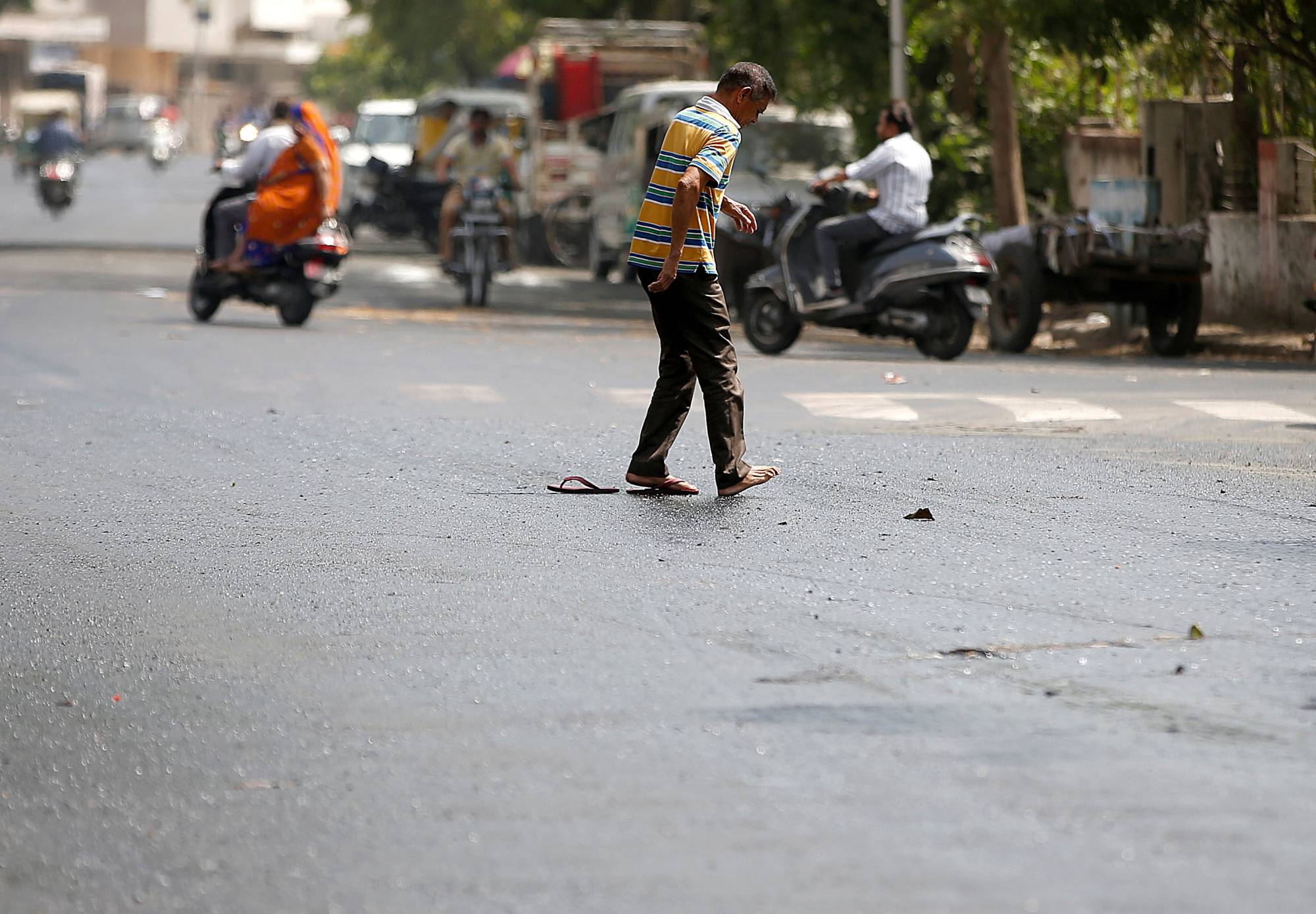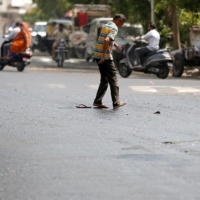Nations are spending too little to prevent disasters in the face of rising global calamities, from the floods in South Africa to a record-breaking heat wave in India.
Of the $133 billion in available disaster-related financing between 2010 and 2019, only 4% went to reducing risks, with the rest being spent on more costly post-calamity responses, Mami Mizutori, head of the United Nations Office for Disaster Risk Reduction, said in an interview.
"This is the new landscape of disaster risk,” Mizutori said ahead of a global forum on disaster risk reduction in Bali, Indonesia. "We are living in a multi-hazard world with compounding effects, and we need to invest more in prevention.”
This lack of funding comes at a time when countries are having to contend with natural disasters and geopolitical conflicts after years of struggling with the pandemic. Developing nations bear the brunt of losses from disasters at 1% of gross domestic product a year, threatening to undo their hard-earned economic gains. That figure comes down to just 0.1%-0.3% for developed countries.
The U.N. agency is talking with lenders and donors about shifting more funds to disaster prevention, including making infrastructure more resilient, Mizutori said. It’s a difficult trade-off for nations that, while facing potentially bigger losses if disasters strikes, also have pressing short-term development needs.
"We need to stop just looking at things in terms of number but in terms of quality as well, and that needs the guts of both the donor community and the receiving community,” she said.




















With your current subscription plan you can comment on stories. However, before writing your first comment, please create a display name in the Profile section of your subscriber account page.